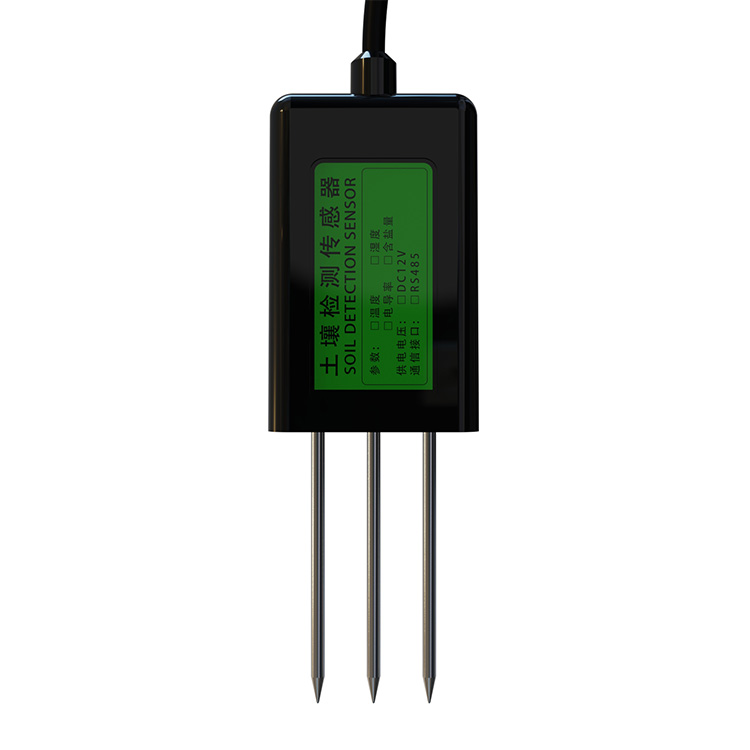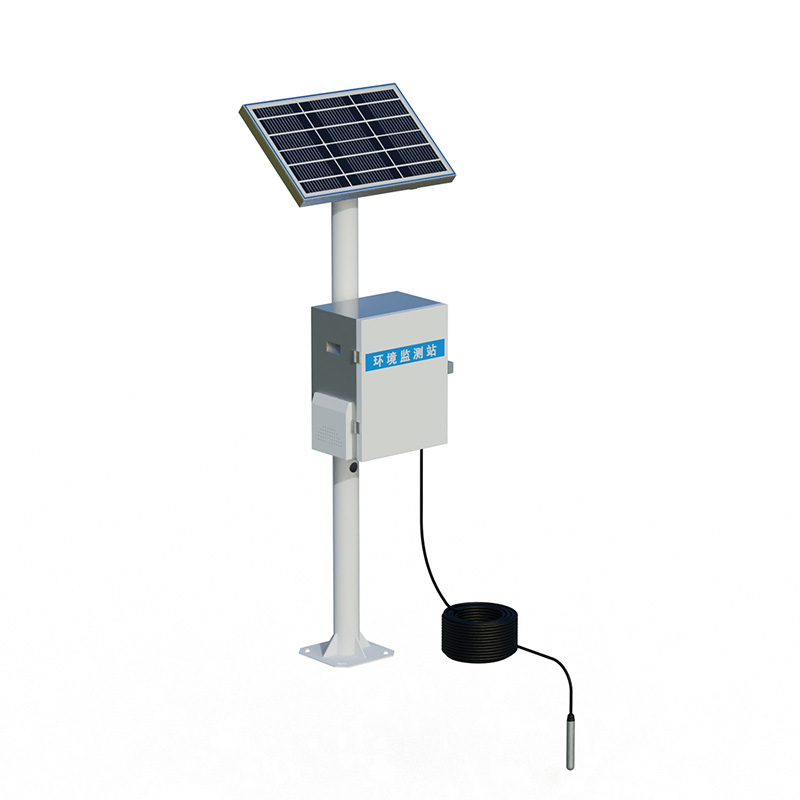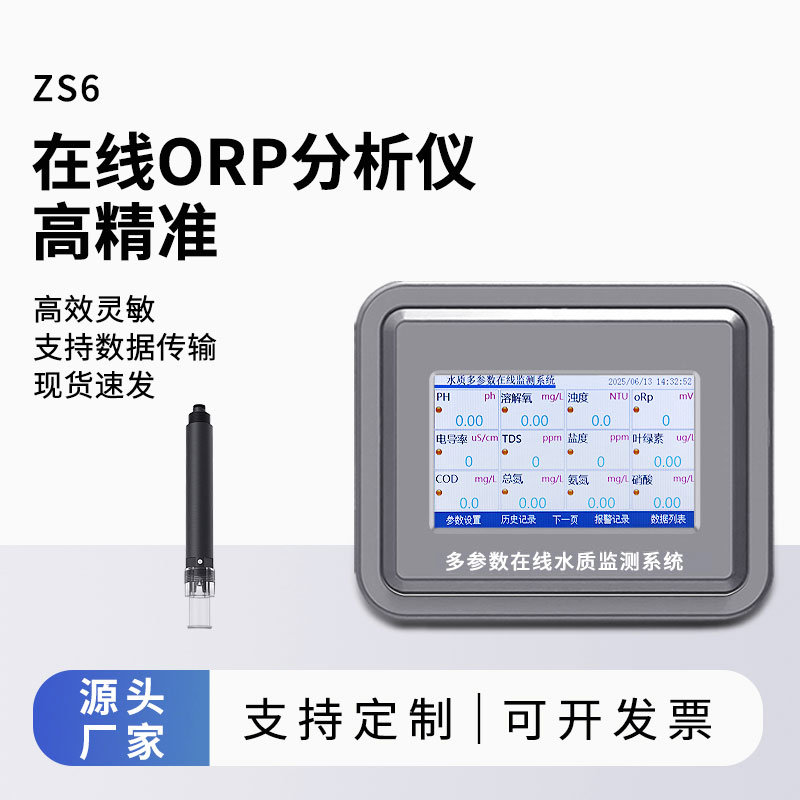The Agricultural monitoring system integrates disaster weather, soil moisture, pest and seedling monitoring equipment with a centralized reporting platform. The system monitors key indicators of soil and climate, including soil temperature, moisture, pH, and air temperature and humidity. Data is transmitted to the platform in real time via wireless or wired means, facilitating remote monitoring and analysis. Managers can adjust the agricultural measures according to the monitoring results to ensure the growth of crops and improve the efficiency of agricultural production.
Agricultural monitoring system consists of the following devices:
Field crop growth micro-environment monitoring system--Monitoring the micro-environmental conditions of crop growth, such as temperature, humidity, light, etc., to ensure that the crop grows in the best environment.
Soil moisture monitoring equipment--Monitoring the soil moisture condition to ensure the water supply to the crop roots.
Plant Disease Detection and Monitoring--Real-time monitoring of crop pests and diseases, timely detection and measures to reduce losses.
Plant Growth Monitoring--Specialized for monitoring the growth of crops, including growth rate, health condition, etc..
Managers are able to observe and analyze a variety of environmental parameters in real time through the remote monitoring system. The entire process includes data collection, classification, analysis and pushing results to ensure all-round monitoring of crop growth.
Specifically, the system can collect real-time meteorological data including temperature and humidity, light intensity, wind speed and direction, and radiation, as well as soil moisture data in the 0-80cm soil layer. The system also collects crop growth images and seedling data every hour, which are transmitted back to the Smart Agriculture Data Center in real time and stored in a thematic database.
At the data center, computer and agronomy experts perform in-depth analysis and maintenance of the collected data. This includes analysis of the suitability of the crop growing environment, growth modeling, and early warning and forecasting analysis.
These analyses can be pushed out to farmers on a regular basis to help them manage their farmland more efficiently and save on labor costs, as well as make adjustments based on data feedback to ensure healthy crop growth.

This paper addresses:https://fengtusz.com/industry/451.html









